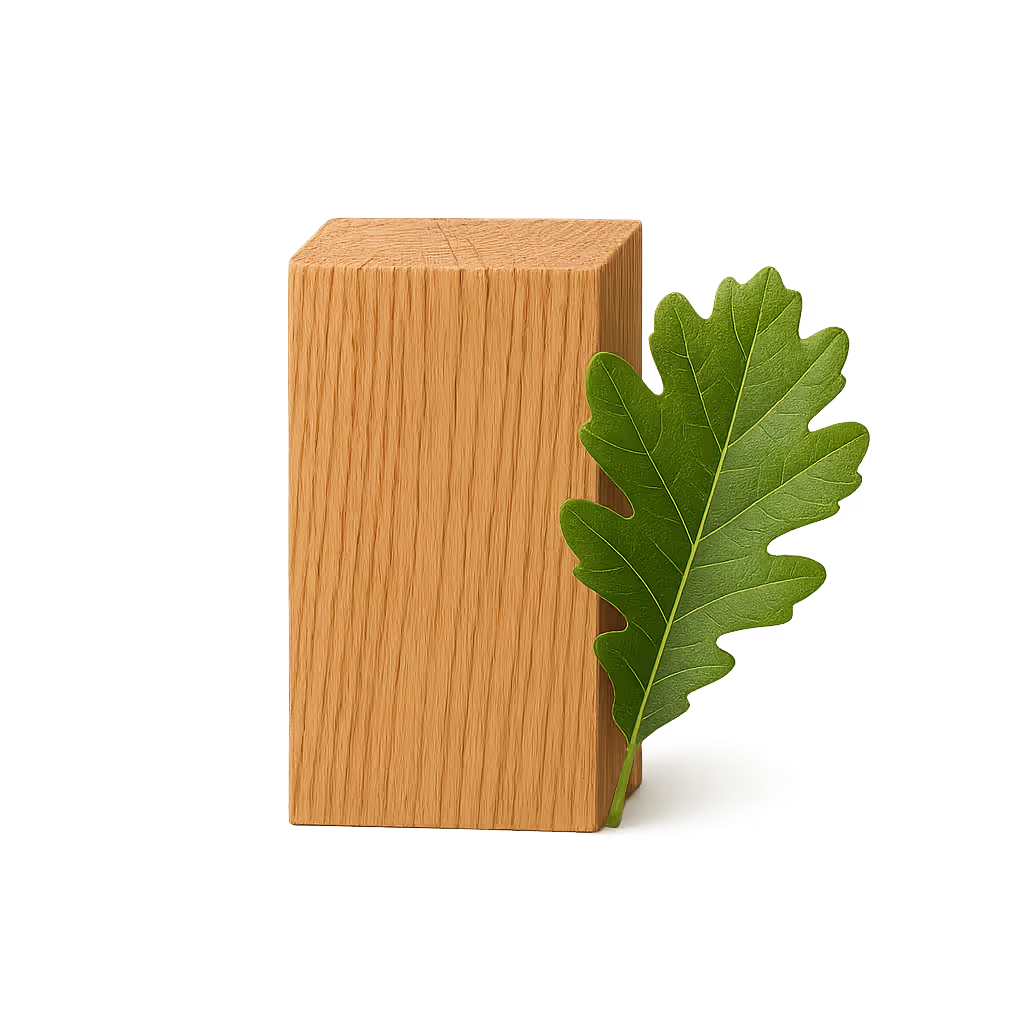

The Timeless Strength of Oak in Perfumery
A Foundation of Forested Power Oak, a symbol of durability and endurance, brings its ancient majesty into the realm of fragrance through deeply woody and earthy tones. While oakwood oil itself is rarely used, the most prevalent form of oak in perfumery is oakmoss, derived from the lichen that grows on oak trees, or oak absolute, which captures the scent of aged barrels and seasoned timber. Oak imparts a grounding, rustic character to a fragrance, evoking dense forests, aged whiskey casks, and cool woodland air. Its olfactory profile is both dry and rich, encompassing nuances of moss, leather, and subtle smoke. These attributes make it a classic base note in chypre, fougère, and woody compositions, where it contributes lasting depth and a sense of ancestral elegance.
Oak in perfumery is most often represented through oakwood extract, created by distilling sawdust or chips from aged oak, or through natural isolates like cis-3-hexenol and vetiveryl acetate, which emulate the green-woody aspects of oak. The resulting note can range from a fresh, almost green aroma to a deep, smoky timber tone reminiscent of old wine barrels. Oakmoss, though distinct, often accompanies oak accords, reinforcing their forest-like presence. Due to allergenic concerns, oakmoss use is now regulated in
.png)